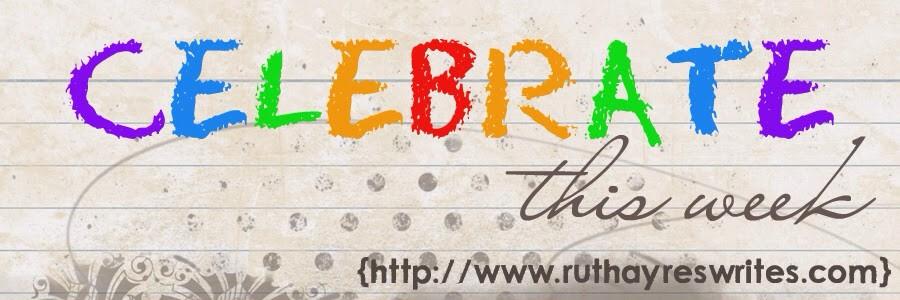 Today I am celebrating "evidence" that in spite of the CCSS and APPR spurred socio-political turmoil, there is "highly effective" learning happening for real students in real classrooms. While "some" are busy debating whether a test score is a fair way to evaluate a teacher, I am celebrating real learning that has already transitioned out of the classroom preparing a second grader for the future.
Today I am celebrating "evidence" that in spite of the CCSS and APPR spurred socio-political turmoil, there is "highly effective" learning happening for real students in real classrooms. While "some" are busy debating whether a test score is a fair way to evaluate a teacher, I am celebrating real learning that has already transitioned out of the classroom preparing a second grader for the future. Here's her story: On her own, at home, during snack and recess, without being prompted to do so, without being given a reason to write, S wrote the first (in what I hope will be) of a series of short stories about wanting a fish! She gives lots of reasons (arguments) including the fact that she has left over fish food at home. Why waste it? (waste not want not). She wraps up her arguments with an idea that made me smile: You can share your secrets with a fish. Indeed, you can, and that may be why we ALL need a fish!
Happily, this piece of evidence will be used as her teacher fills out her end of the year report in a few days. Happily, it will not be just one piece of evidence that determines her grade!
Sadly, this little piece of evidence will not be used to evaluate this student's teacher. Like so many of those comments and writing snippets that provide evidence of teaching and learning, it does not easily fit into a test score. Yet, it is compelling evidence of a highly effective teaching-learning model!
When you look at Charlotte Danielson's rubric for 3c (Engaging Students in Learning). you see highly effective characteristics!(student intellectually engaged in challenging content; complex thinking by students; students explaining their thinking; student initiation of inquiry, enthusiasm, interest, thinking, problem solving.
When you look at the standards and compare, you can see that the teacher and the student knew the objectives of the lesson and could transfer the learning to a new task!
CCSS Grade 2: Write opinion pieces in which they introduce the topic or book they are writing about, state an opinion, supply reasons that support the opinion, use linking words (e.g.,because, and, also) to connect opinion and reasons, and provide a concluding statement or section.
When you look at this story, you just have to smile! Thank you S, for sharing your story with me and for letting me share this with other teachers.




2 comments:
S teacher sent me your blog. S is my daughter. We are very proud of her! Guess what? She is getting a fish:)
That certainly was a persuasive essay!
Post a Comment